Turrets, a name that makes people envision those towers on the side of castles or machine guns on the top of humvees. Or, if you shoot rifles a bit, you likely picture the small cylinders on the side and top of scopes.
These are called turrets, and they are by far the most important controls on your rifle scope.
Turrets allow you to zero your rifle scope, and they come in a wide variety of different configurations. You’ll find turrets on every rifle scope out there, from tiny red dots to massive long-distance rifle scopes.
What do turrets do exactly? What kind of turrets are out there? All good questions that I hope to answer today.
What Turrets Do?
The primary use of turrets is to zero your rifle scope. Zeroing is the process of adjusting your scope’s reticle until it aligns with where your rounds hit the target. If you are hitting low, you will adjust the scope to move the reticle higher.
Turrets allow you to make the adjustments necessary to get your rifle on target with extreme prejudice.
Turrets are positioned on the top and the sides of the optic:
Top turret
The top turret adjusts elevation. Elevation is the vertical plane of you rifle reticle. The reticle is moved up or down while zeroing. As bullets drop, you can also make adjustments in the field for a particular range to allow for bullet drop to take effect.
You can even zero your gun at multiple ranges and record the ‘dope’ necessary to make shots at different ranges. With the right turrets, you can make field adjustments to deal with bullet drop.
Side turret
The side turret is called the windage turret, and it affects the horizontal plane of your rifle scope. Adjustments are made to move the reticle to the right or the left.
Windage adjustments can be made in the field to deal with the wind, of course. You can never predict the weather, so when you hit the range you have to dial in the scope to deal with whatever windage conditions you have to deal with.
Parallax adjustment turret
A third turret you may see is parallax adjustment. Parallax is a finicky beast, but parallax adjustment can be quite handy when it comes to scope versatility. Parallax is what happens when the reticle is offset from the actual target.
Parallax is an optical illusion, and you can tell if you have parallax by moving your head and gazing slightly—if the reticle moves, your parallax is off.
A parallax adjustment turret allows you to adjust and correct this at the right ranges. Parallax adjustment is critical when it comes to precision shooting, and some optics will enable you to adjust for parallax from 10 yards to infinity.
Turret Types/Terminology
Exposed/Target Turrets
Exposed turrets have no cover or cap to protect them.
These turrets are slow to make rapid adjustments but they are capable of being extremely precise if you need to hit a small target that’s far away.
These turrets are designed to make very fine adjustments, down to fractions of an inch.
They are often fingertip adjustable, although some may feature an Allen head style lock to keep the turrets from inadvertently moving. Exposed turrets are common in tactical and competition grade scopes.
Capped Turrets
Capped turrets can be tool-based or fingertip adjustable turrets. They are simply capped turrets that remain protected by a metal cap. Adjustments can’t be made while the turrets are capped, which prevents them from moving inadvertently.
Ballistic Turrets
Ballistic turrets are designed to allow shooters to save multiple zeroes essentially. These turrets have 100-yard increments that will enable you to adjust for different ranges instantly. Ballistic turrets are expensive but incredibly useful for rapid adjustments and for placing accurate shots at different ranges on the fly.
However, they are only instrumental with a laser range finder, or when shooting a known distance.
Fingertip Adjustable
Fingertip adjustable turrets are designed to make adjustments easy. You can make changes on the fly and compensate for distance and windage with ease. Fingertip turrets make tactile and audible clicks as you make the adjustments. These turrets can be bumped and moved if not equipped with a locking system.
Tool Adjustable
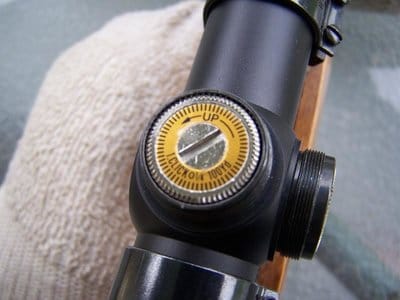
MIL VS MOA
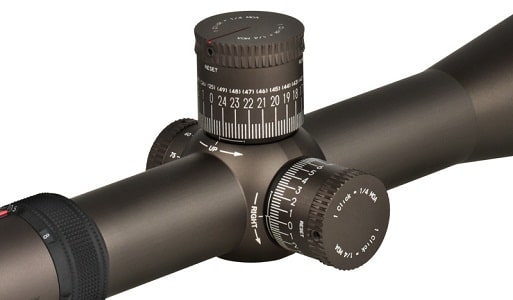
MIL and MOA are both measurements used when it comes to adjusting scopes and using your turrets. MOA is the most common means to make adjustments to rifle scopes. MOA adjustments change with distance.
1 MOA is 1 inch at 100 yards, which makes changes a lot easier to make when zeroing and sighting in a scope. One inch at 200 yards is .5 of an MOA. This is often considered a weakness when it comes to MOA.
MIL measurements are done in fractions of an actual MIL. A MIL at 100 yards is roughly 3.6 inches at 100 yards. MILs are measured in .10ths. The good thing about MILs is that a MIL is a MIL regardless of the range. It never changes.
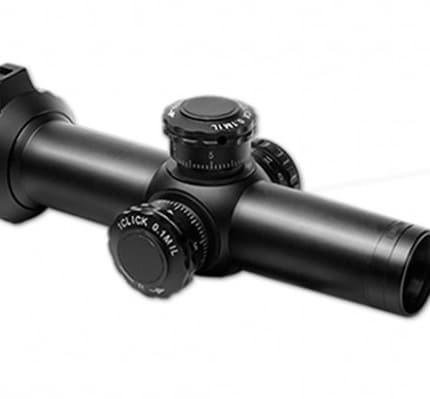
MILs are often used for precision shooting, especially in the tactical realm. Military forces in particular use MILs for a variety of different weapon systems, like mortars and machine guns, so it makes sense to use MILs in that context. MILs can also be used to measure targets and then ultimately compensate for distance.
MILs rule the tactical world for good reason—once you are used to their adjustments, they are quicker, more precise, and ultimately the tactical choice.
MOA, on the other hand, is more common and very simple to use overall. They are user-friendly and more accessible for new shooters. You’ll find more MOA scopes out there, and they can still be an excellent place to start with precision shooting. Also, most red dot and short-range scopes will come in MOA over MIL.
Turrets and More
The key to understanding your optic is understanding your turrets. Turrets are the key to getting your scope to work, and to work well. Identifying your needs will help you identify the turrets you need, and ultimately the optic you need.

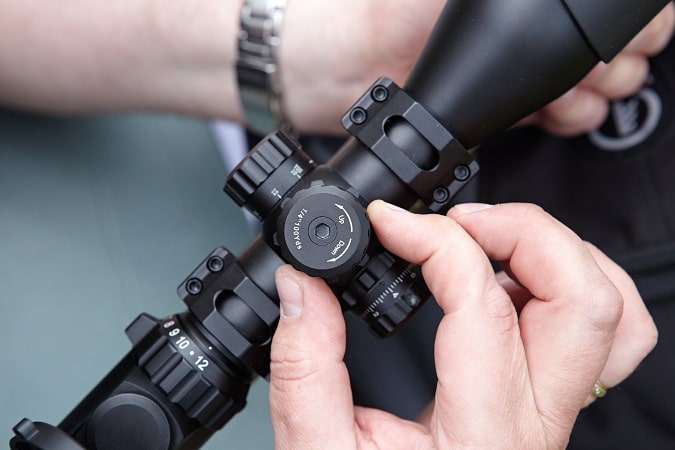
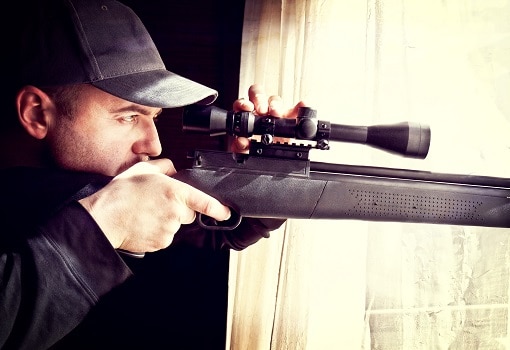
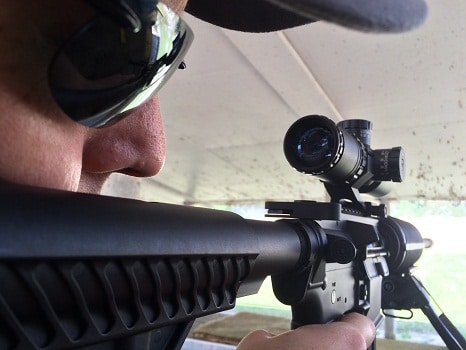
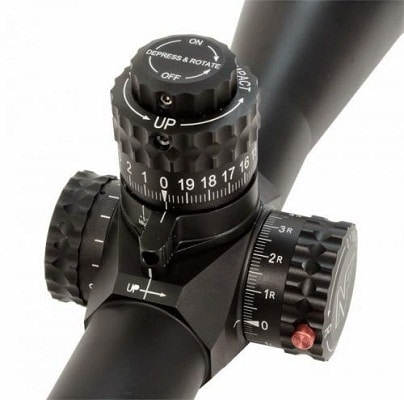
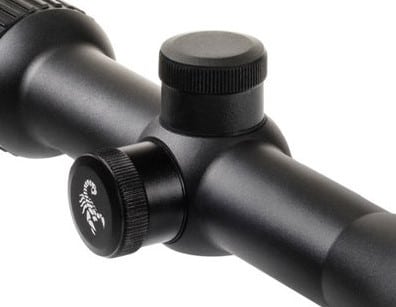

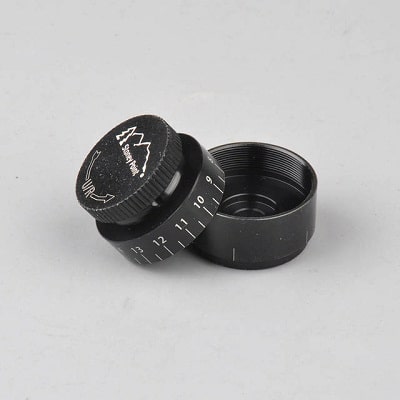
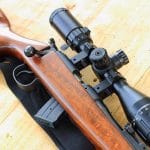
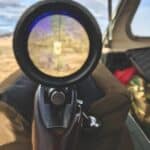
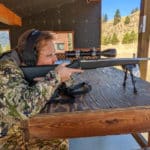
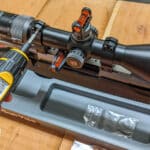
Comments are closed.